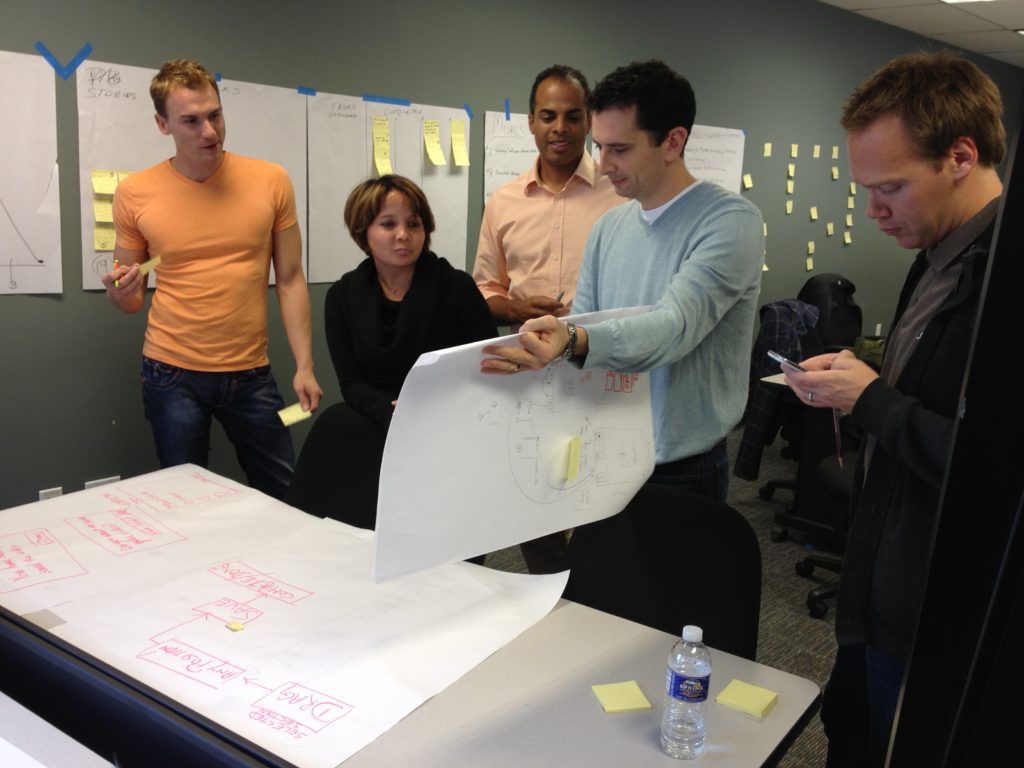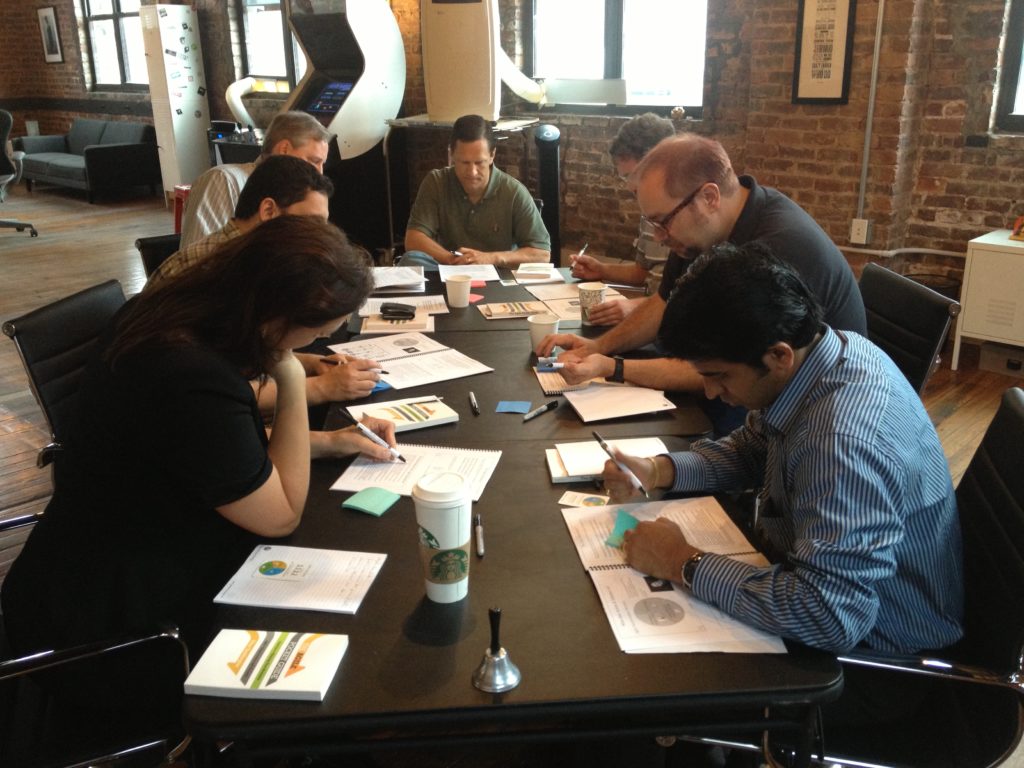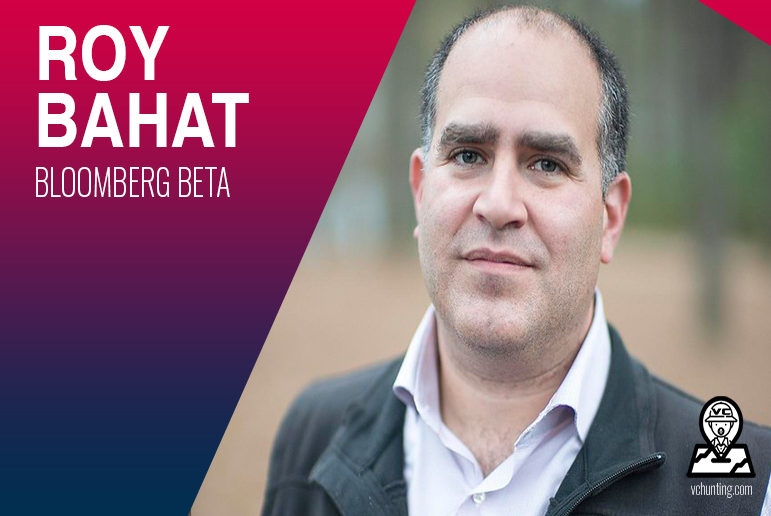5 Tips for Building Relationships at a Client as an Agile Coach

Why is it that human relations problems are more difficult… the larger an organization gets? Is it simply a function of not being able to ‘touch’ everyone? Or is it deeper?
I believe as businesses grow, the ability for people to define what the business-culture is, becomes an exponential exercise. Let’s take a look at some of the reasons relationship building is tough at large clients (or any client) for that matter:
5 Roadblocks to Positive Human Relationships
1. The Words We Use
“I didn’t mean that” or “that came out wrong” are things I hate to say in the ‘real world.’ The last thing we want is for that to happen in business-relationships. Since (most) people try to be as tactful as they can in the workplace, we, as coaches, need to be super aware of the words we use, how we use them, and the conciseness of their usage. We’re not consultants who say:
“That depends…” – Average Consultant Lingo
We are here to give effective advice and guidance based on our background and experience. Your clients expect it. Fulfill it.
2. Ineffective non-verbal communication
Body language. Folded arms, sighs, rolling eyes, looking beyond people… all of these things will and can hang you at a client. How you appear can have profound affects on how people will engage with you. Sometimes perception is 99% of reality. That’s just how it is. Act and look first-class and people will treat you first-class.
I find it quite fascinating that as some coaches become rockstars, they can lose the professional attire, demeanor, and attitude. It’s not ok to show up in a t-shirt and ripped-trendy-hipster-skinny jeans. If you work for a apple app mobile startup company, yea dude, do it.
3. Hiding mechanisms
Leaders need to be open and not so closed-mouthed. The words “non-inclusive” come to mind. Some people have to have info pried out of them because they keep everything to themselves. As a coach, you have to be able to facilitate, elicit, and garner information from people.
This is how you figure out how to help your client! I’ve met some “agile coaches” who are terrible facilitators and communicators. How does this happen? When I think of being an agile coach, I think of a master facilitator, someone with way-above-the-norm ability to communicate. Think you’re a great communicator who can effect change in organizations?
Ask yourself the question: “In my past, have team members, managers, directors, VPs, and c-level executives all been able to communicate with me effectively? Have I even been able to talk to a c-level executive?” – Change needs to happen at all levels. You might be a great TEAM COACH. Great. Start there. If you want to effect enterprise culture, you’ll have to be able to speak comfortably with the c-level suite.
4. Improper Conceptions of Motivation
When we misunderstand what causes people to do what they do… then we employ the wrong methods to get them to do things and we end up manipulating rather than motivating people.
Bottom line – You have to understand how people operate. You have to get your sherlock holmes on and do some investigation. It takes time… but you can accelerate your ability to understand people’s behavior by utilizing team science.
5. Perverted Views of Leadership
Leadership styles and attitudes can and does cause roadblocks to human relations.
“Perverted” in the true meaning of the word. Part of your job is to help leadership be better at leadership. Part of your job is to help leadership understand how to apply themselves as better leaders to their business context. Read a couple books on leadership. Google it. Spend some time thinking about what servant leadership looks like (to you).
“A leader is best when people barely know he exists, when his work is done, his aim fulfilled, they will say: we did it ourselves.” — Lao Tzu
“A leader’s role is to raise people’s aspirations for what they can become and to release their energies so they will try to get there.” — David R. Gergen
“A leader is not an administrator who loves to run others, but someone who carries water for his people so that they can get on with their jobs.” — Robert Townsend
“A good leader is a person who takes a little more than his share of the blame and a little less than his share of the credit.” — John C. Maxwell






Responses